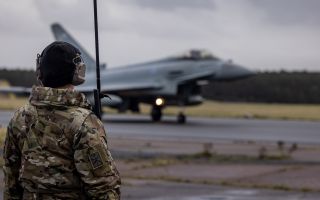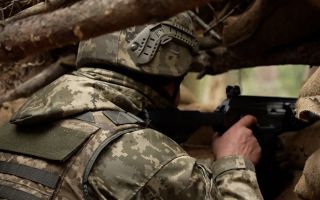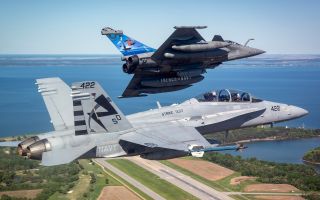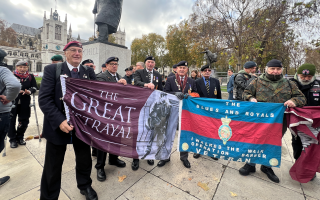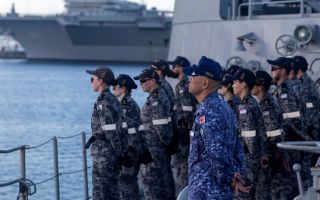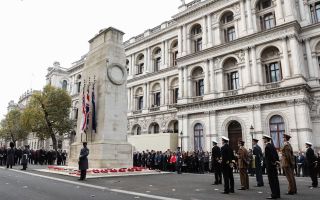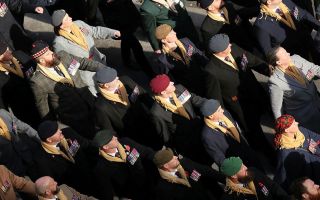From a 119-day siege to an annual competition, the long-standing tradition of the field gun
The annual Field Gun Competition at HMS Collingwood in Hampshire is a long-standing tradition in the Royal Navy, spanning more than a century.
The competition sees a crew of 18 personnel run with and assemble an antique gun replica weighing in excess of 1,300kg (2,866lbs).
The event originates from guns being run across treacherous terrain during the siege of Ladysmith in the Boer War.
"Field gun is important in the Royal Navy," said Commander Gareth Batsford, Field Gun Officer, HM Naval Base Clyde.
"It's important for Royal Navy ethos and instils all of the virtues that we believe in across the armed services, to be honest – discipline, teamwork, respect, dedication, determination," he added.
The equipment is considered a military antique, dating back more than a century, and requires dedication and a special skillset to maintain.
The colossal weight of the gun and carriage demands synchronised precision teamwork.
"Together, the equipment – when it's all hooked up together – is around about 1,300kg, so it's a considerable weight, and that's why each crew consists of 18 personnel all configured to pull, push and lift the equipment at various stages during the run," Cdr Batsford explained.
The competition is an evolved re-enactment of the arduous tasks undertaken by soldiers in 1900 to break the Siege of Ladysmith during the Boer War.
Today the tradition has evolved into an annual race featuring antique gun replicas, with hundreds of spectators coming out to watch 24 crews across all services compete.
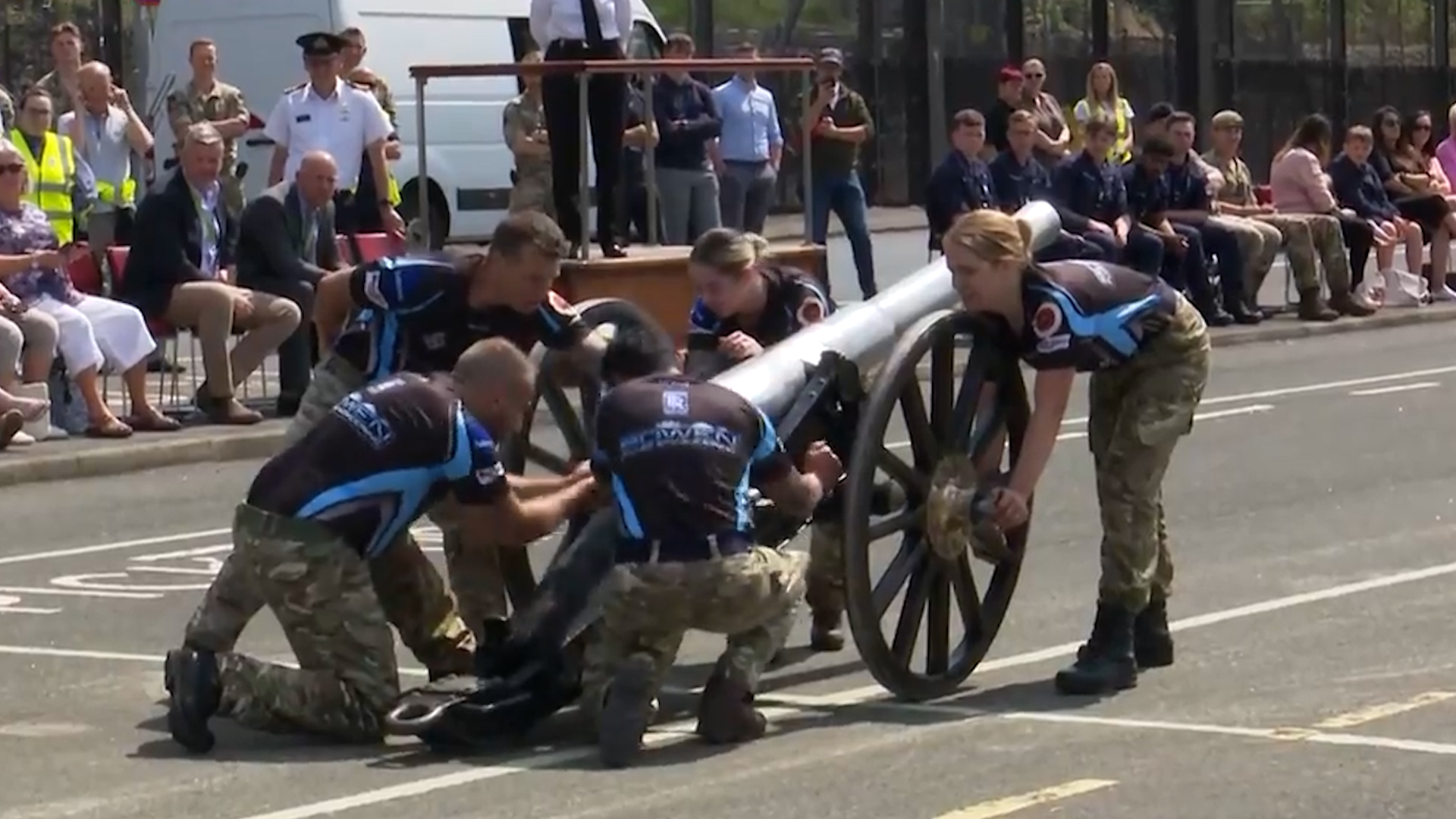
The Boer War and the Siege of Ladysmith
The Boer War (1899-1902) was a colonial conflict fought between the British Empire and the two Boer states, the South African Republic (Transvaal) and the Orange Free State.
The Orange Free State and the Transvaal (officially the South African Republic) were independent countries in southern Africa in the 19th century established by Dutch/Afrikaans-speaking settlers known as the Boers.
The British were interested in expanding their dominance in Southern Africa due to the discovery of vast gold and diamond deposits in the Boer territories.
The war is known for its controversial use of 'scorched earth policy' and concentration camps that interned Boer civilians, resulting in thousands of deaths due to disease and malnutrition.
The siege of Ladysmith was a pivotal point in the war that ultimately led to British victory.
The besieged British-held town of Ladysmith became a symbol of British resistance during the war.
The town was surrounded and shelled by Boer artillery, and the British suffered from shortages of food, medical supplies, and ammunition.
The siege was finally lifted on 28 February 1900, when British forces, under the command of General Sir Redvers Buller, successfully broke through the Boer lines.
The Royal Navy landed guns from HM Terrible and HMS Powerful to help in the relief of the siege. Special carriages and mountings for these guns, were designed by Admiral Sir Percy Scott, and the Naval Brigade hauled six field guns each weighing nearly half a metric tonne over rough terrain to break through enemy lines.
This victory came as part of a broader British offensive in the region.
The relief of Ladysmith was a significant morale boost for the British and marked a turning point in the war.
To mark the momentous occasion, Queen Victoria sent a telegram, saying: "Pray express to the Naval Brigade my deep appreciation of the valuable services they have rendered with their guns."
The history of the Field Gun Competition
Since 1907, annual Field Gun competitions have commemorated teamwork, discipline and tradition.
Also referred to as the Gun Run, the competition was held annually at the Royal Tournament in London from 1907 until 1999.
The equally historic Brickwoods Tournament continues to be held annually at HMS Collingwood in Fareham, Hampshire, celebrating its centenary in 2017.
The Brickwoods Trophy, a silver reproduction of a 12-pounder field gun crewed by seven sailors, was established by Sir John Brickwood and initially restricted to Portsmouth teams.
However, in 1975, the competition expanded to include teams from across the country and, in 1978, the trophy left Portsmouth Command for the first time.
In 1997, HMS Gannet's victory marked the first time the trophy went north of the border.
The Brickwood Brewery maintained a close interest in the competition until its acquisition by Whitbread & Co Ltd in 1971.
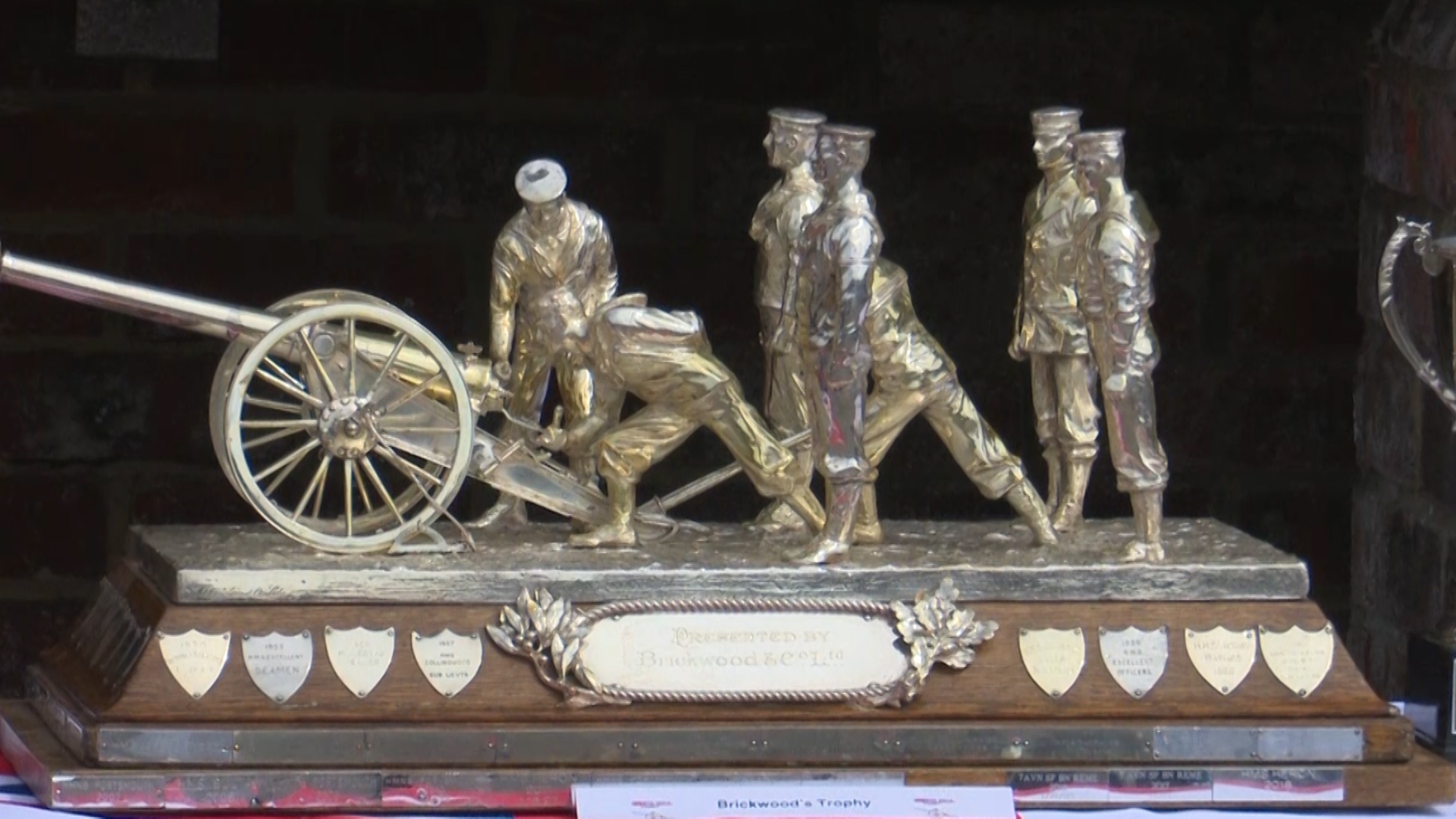
Today's competition
The number of crews competing keeps increasing, with 24 crews currently representing units of the Royal Navy and Royal Marines as well as the British Army and Royal Air Force.
Interest in the historic sporting event keeps growing with a Junior Leaders' competition having recently been introduced, which takes place annually one week after the main event, providing an introductory format for Royal Navy Field Gun.
The Junior Leaders' competition enables young competitors to experience a longstanding tradition, maintaining the spirit of the Royal Navy’s contribution to the relief of Ladysmith.

